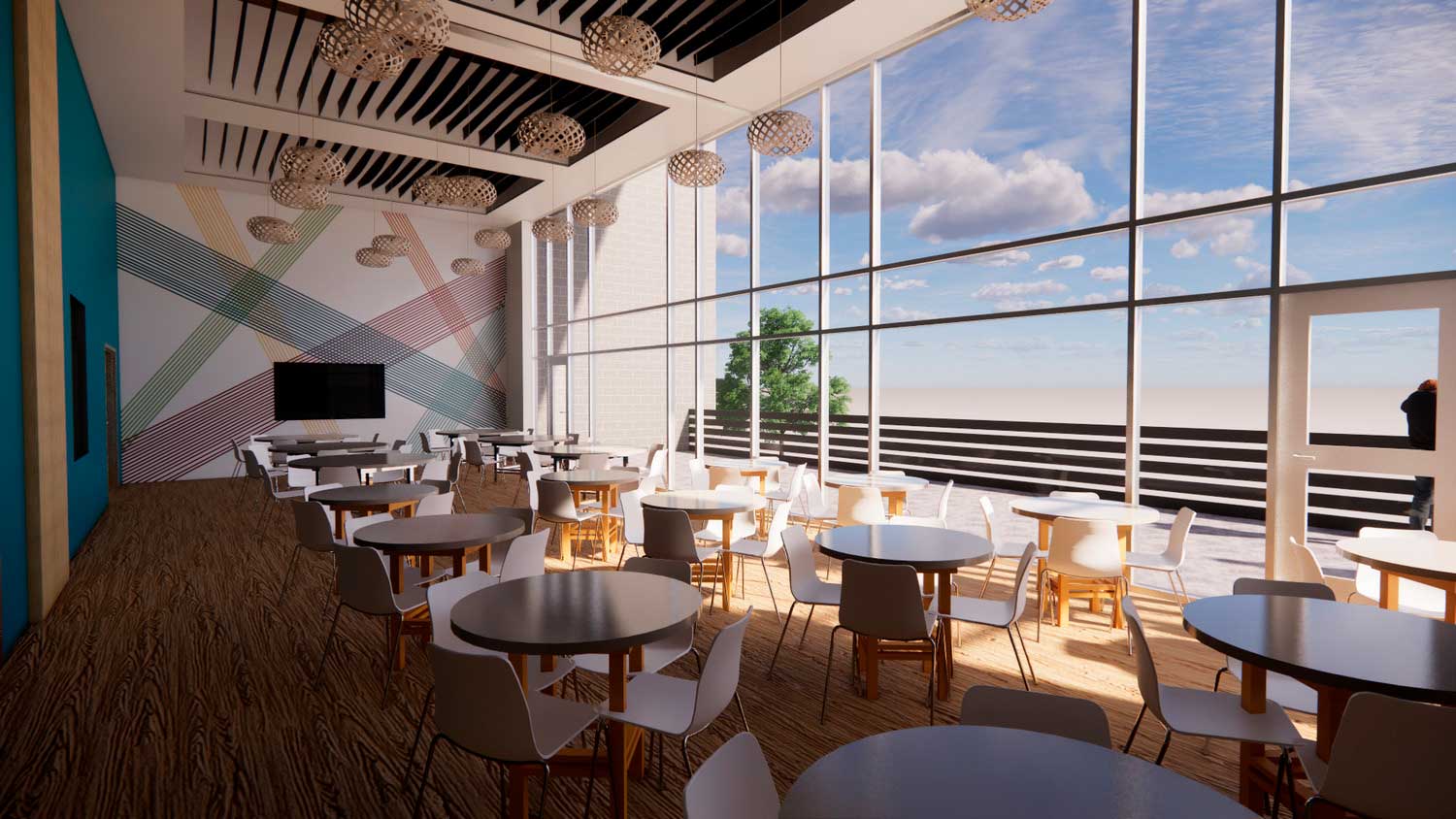Share This Story
Community recreation centers are important to the human experience.
With programs to support social, physical and cultural wellbeing, these neighborhood staples are integral to fostering meaningful community life.
Modern center offerings are tailored to suite the unique needs of local residents. However, a common challenge persists across most of these facilities: the pursuit of operational efficiency.
While many recreation centers rely on municipal funds, taxpayer contributions, and program revenues to cover operating costs, this financial model proves unsustainable and insufficient to support future growth. The task of establishing true operational efficiency is a pressing concern for Parks and Recreation Directors.
Capitalizing on “day-one” opportunities
The most compelling efficiency decisions are strategically made long before the concrete is poured. A project’s conceptual phase presents a prime “day-one” opportunity to identify solutions that can offset future operating expenses, generate revenue, and position recreation centers to have a positive regional impact.
An exemplary instance of this deliberate approach is seen in our collaboration with Kernersville, NC. Their aspiration to attract regional economic development and cater to the community’s future recreation needs prompted immediate action in designing and planning their new recreation center.
Thoughtful financial forecasting played a pivotal role in enabling Kernersville to grasp the full fiscal implications of early design choices once their center became operational. This involved thorough evaluation of the facility’s layout to ensure efficient space utilization. Consequently, design elements were incorporated to facilitate versatile programming during off-hours.
“As changing lifestyles continue to create a demand for early morning and evening use, recreation center designs that support extended programming can be a great added source of revenue for clients like Kernersville to explore,” explained CPL Vice President, Rachel Nilson, AIA, NCARB. “Early on, we worked with the Town to include rentable, multi-purpose space within their facility to enable opportunities for long-term revenue streams.”


3D Rendering showcases planned “flex-space” in a new community rec center
Nilson underscored the value of deliberate “day-one” design decisions and the financial prudence they bring to community projects. She views an architect as a comprehensive advisor, responsible for providing essential financial information to guide optimal design choices.
“It’s not solely about upfront construction costs,” she said. “We strategically project future operating expenses and devise ways to mitigate them even before construction commences. This level of commitment positions towns like Kernersville for enduring success.”
Optimal solutions for operational efficiency can and should be integrated into recreation center designs from the outset. By planning ahead and harnessing the early developmental phase, communities gain the capacity to implement pragmatic strategies that ensure low operating costs and substantial revenue—a formula for sustainable, continuous growth.
